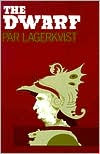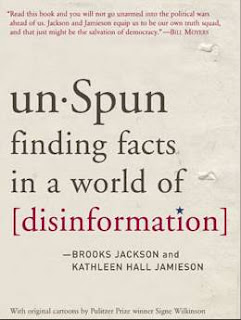
Philip Pullman
*** 104 Pages
This slight book is a form of "prequel" to the His Dark Materials trilogy, which recounts how the balloonist Lee Scoresby and Iorik the bear first met. In a nutshell, Scoresby comes upon an island in the far north on a balloon trip from Texas. He lands in the middle of a mayorial contest pitting a candidate fronting a rapacious oil company which is corrupting local politics. Somehow this politician has hired a notorious gun slinger from Texas as his thug. Scoresby has run into him before. Eventually they have a major gun fight with Scoresby's rabbit daimon taking on the rattlesnake daimon of the outlaw. Meanwhile Iorik has been performing mighty deeds helping to knock out a mechanical cannon, break down steel doors, and gather a healing moss to dress Scoresby's wounds. They escape by balloon supplied by the Customs agent who has a soft spot for Scoresby since the latter talked the agent's fiance into accepting his mariage proposal. A bit of an outlandish tale and fun if you have already read the Golden Compass, otherwise it wouldn't be very compelling.




























